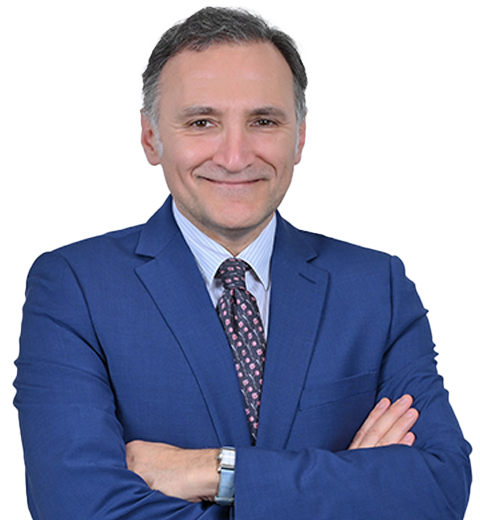If you’ve been told you have fibroids, or even suspect it, you’re not alone. Millions of women experience uterine fibroids, which are non-cancerous growths that can appear in or around the uterus. While fibroids aren’t life-threatening, the symptoms they bring like heavy periods, pelvic pressure, bloating, and fatigue can seriously disrupt daily life.
The good news is you don’t always need major surgery to feel better. Thanks to advancements in medicine, there are several minimally invasive treatments that can help manage fibroids with less pain, faster recovery, and fewer complications. Whether you’re hoping to avoid surgery or just exploring your treatment options, this guide walks you through five modern, effective choices to consider.
1. Laparoscopic Surgery: Precision with Small Incisions
Laparoscopic surgery uses a few small cuts and a camera to locate and remove fibroids without needing a large abdominal incision. It’s one of the most recommended minimally invasive treatments, especially for women who want to preserve fertility or return to normal life quickly.
Why would women prefer this?
- Smaller scars
- Less pain
- Shorter hospital stays
- Faster recovery
This option works best for women with a few moderate-sized fibroids and is often part of a broader fibroid management plan.
2. Uterine Artery Embolization (UAE): Shrinking Fibroids Without Surgery
Uterine artery embolization is a radiology-guided procedure that blocks blood flow to the fibroids, causing them to shrink over time. It doesn’t involve cutting or stitching. A small catheter is inserted through the groin or wrist to reach the blood vessels.
What to expect:
- Most women go home the same day
- Fibroids shrink gradually over weeks or months
- Some cramping and low-grade fever may follow
UAE is a good fit if you’re not planning for pregnancy and want a proven non-surgical treatment that offers long-term relief.
3. Hysteroscopic Myomectomy: Removing Fibroids from the Inside
Hysteroscopic myomectomy treats fibroids inside the uterine cavity using a thin scope inserted through the vagina. There are no external incisions, and the procedure is often completed in just a few hours.
Why it’s popular:
- No cuts or scarring
- Short recovery time
- Fast relief from bleeding and pressure
This is ideal for smaller fibroids that are responsible for heavy periods or pain.
4. MRI-Guided Focused Ultrasound: High-Tech, No Cuts
MRI-guided focused ultrasound is one of the newest minimally invasive treatments available. It uses focused sound waves to heat and destroy fibroid tissue, all while guided by real-time MRI imaging.
Benefits include:
- Completely non-invasive
- Outpatient procedure
- No downtime or stitches
While it’s not suited for every fibroid case, it’s an excellent option for women looking for the latest in non-surgical treatments.
5. Hormonal Therapy: Managing Fibroids from Within
Hormonal therapy doesn’t remove fibroids, but it helps control symptoms like heavy bleeding, pain, and pressure. Doctors may prescribe birth control pills, progesterone-based therapies, or GnRH agonists depending on your needs.
What it helps with:
- Managing menstrual symptoms
- Shrinking fibroids temporarily
- Stabilizing hormone levels
This option is often used before surgery or for women nearing menopause when fibroids may naturally shrink.
FAQs: Fibroid Treatment Essentials
Q1: How do I know which treatment is right for me?
It depends on your symptoms, fertility goals, fibroid size, and location. A consultation with specialists can help tailor the right plan for you.
Q2: Are minimally invasive treatments effective?
Yes, Many women experience long-term relief with fewer side effects and quicker recovery.
Q3: Can fibroids come back after treatment?
They can. Recurrence depends on the treatment method and individual factors. Ongoing fibroid management helps reduce the risk.
Q4: Do I always need surgery?
Not necessarily. Non-surgical treatments like uterine artery embolization, hormonal therapy, and focused ultrasound may be enough for some women.
Q5: What should I consider when evaluating options?
Think about the risks and benefits, your plans for pregnancy, how severe your symptoms are, and your preferences for recovery time.
Final Thoughts
Living with uterine fibroids doesn’t have to mean living with discomfort. From laparoscopic surgery to MRI-guided focused ultrasound, there are several effective and patient-friendly minimally invasive treatments that can help you feel better without the burden of open surgery.
If you’ve been dealing with symptoms of fibroids, don’t put off care. A consultation with specialists in gynecology can give you clarity, support, and a treatment plan that fits your lifestyle.
You deserve relief and the right care can make it possible.
















